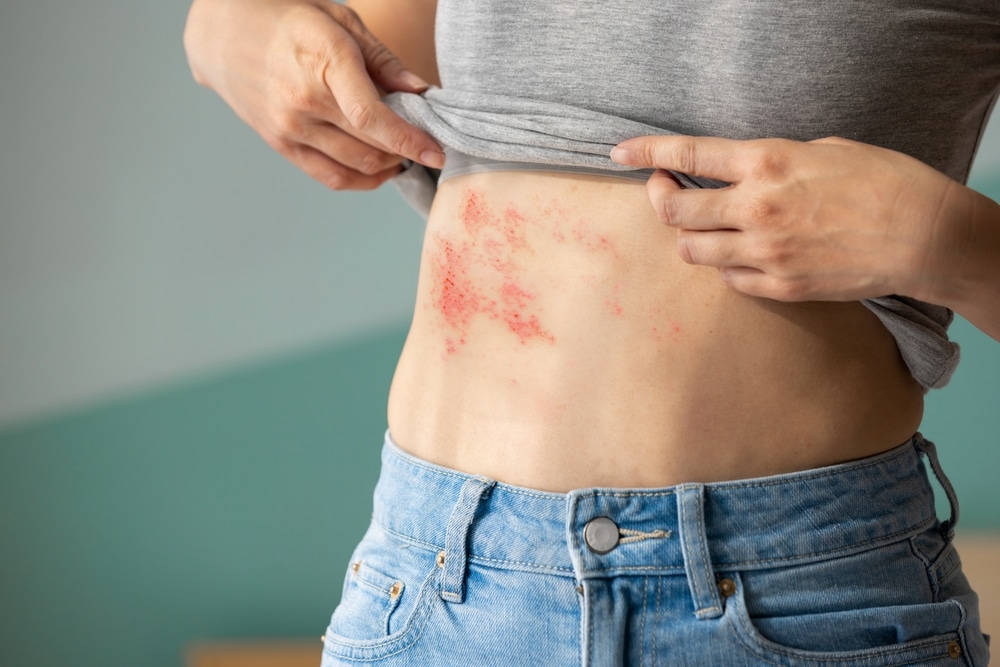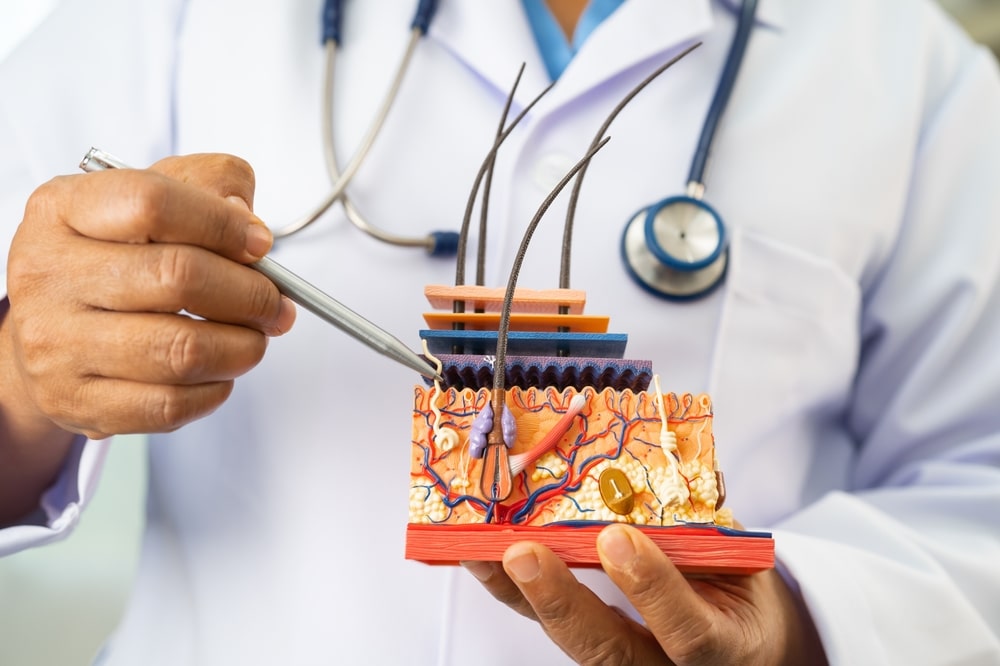When a 61-year-old man visited the emergency room with unexplained pain wrapping around one side of his chest despite normal test results, the diagnosis became clear two days later when he developed a telltale rash with blisters—shingles, a reactivation of the dormant chicken pox virus from nerve roots that typically affects older adults on only one side of the body, requiring immediate treatment with oral antiviral medication to shorten duration and reduce risk of post-herpetic neuralgia (chronic pain syndrome), while vaccination available for those over 50 can prevent outbreaks entirely or significantly reduce their severity.
When Chest Pain Isn’t Heart-Related
Two weeks ago, I saw a 61-year-old gentleman who had gone to the emergency room with pain wrapping around the left side of his chest. The ER doctors were baffled — all tests, including bloodwork, cardiogram, and physical exam, were normal. With no history of heart disease, trauma, or strain, they had no clear answers. He was sent home and advised to take ibuprofen.
Two days later, he visited my office. By that time, a faint rash and some blisters had appeared, following the same one-sided path around his chest. The diagnosis became obvious: Herpes Zoster, commonly known as Shingles.
What Is Shingles?
Shingles is a reactivation of the chickenpox virus (varicella-zoster), which remains dormant in the body after a childhood infection. Years or even decades later, the virus can reactivate, traveling along nerves and erupting on the skin as a red, blistering rash.
Shingles almost always affects only one side of the body and often appears on the chest, back, or face. Pain or sensitivity often starts before the rash appears, which can lead to misdiagnosis — especially when symptoms mimic something more serious, like heart trouble.
Who’s at Risk and How to Prevent It
Shingles is most common in adults over the age of 50. That’s why there’s a shingles vaccine recommended for anyone in this age group. The vaccine can either prevent an outbreak entirely or significantly reduce its severity and duration.
If you’re 50 or older and haven’t received the shingles vaccine, talk to your healthcare provider about getting protected.
Treatment and Relief
If diagnosed early, shingles can be treated with oral antiviral medications that shorten the outbreak and reduce complications. Supportive care includes:
- Over-the-counter anti-inflammatory medications like ibuprofen
- Cool compresses for soothing relief
- Antibacterial ointment to help heal blisters
What Is Post-Herpetic Neuralgia?
While most people recover from shingles without issue, some — especially those over 60 — may develop a complication called Post-Herpetic Neuralgia (PHN). This chronic nerve pain can last for weeks, months, or even longer after the rash clears.
Getting the shingles vaccine greatly lowers the risk of developing PHN.
Know the Signs and Seek Help Early
If you’re experiencing strange pain or a blistering rash on one side of your body, don’t wait. Shingles is treatable, but early diagnosis is key to reducing discomfort and preventing complications.
If you think you might have shingles or haven’t had a skin exam in a while, call our office at 925-838-4900 to schedule an appointment. We’re here to help.



















